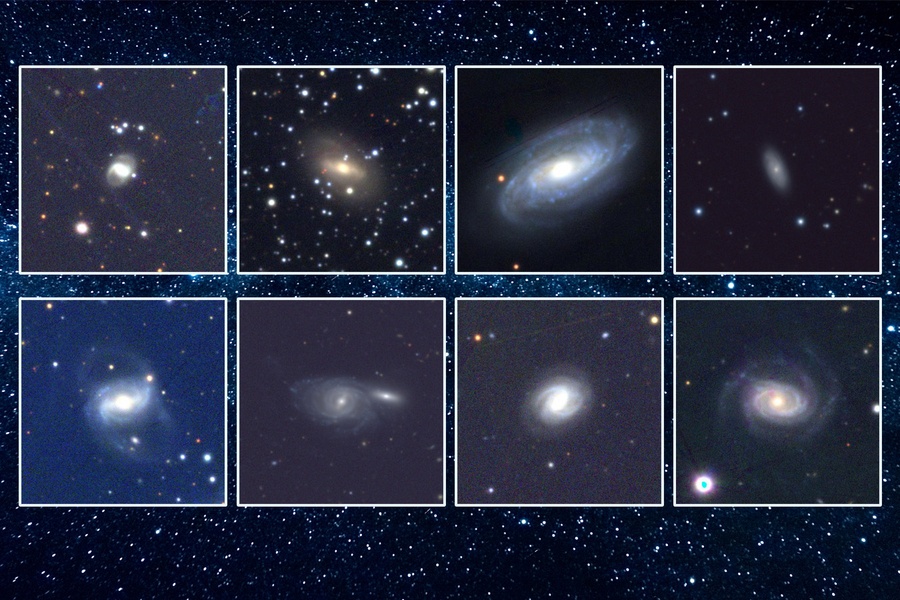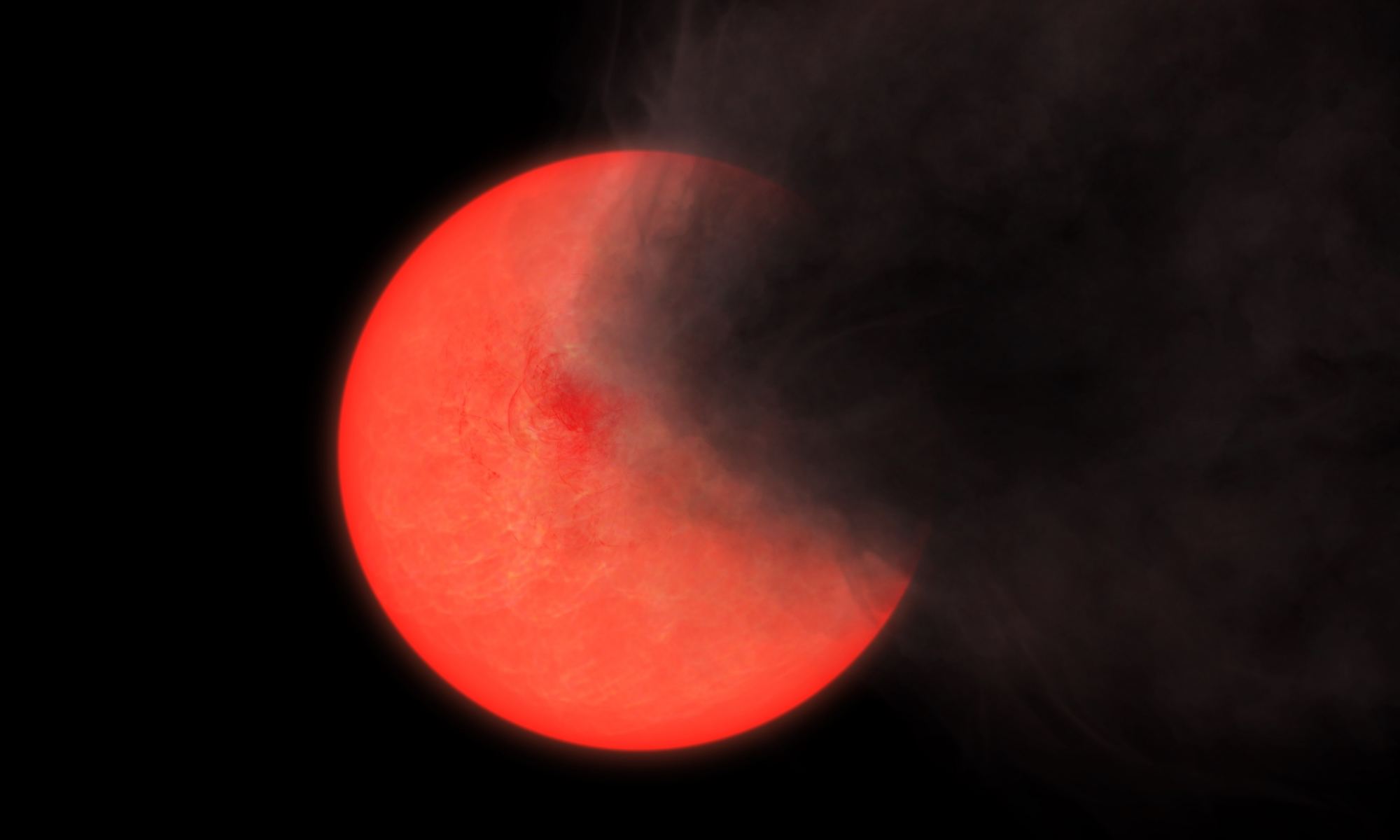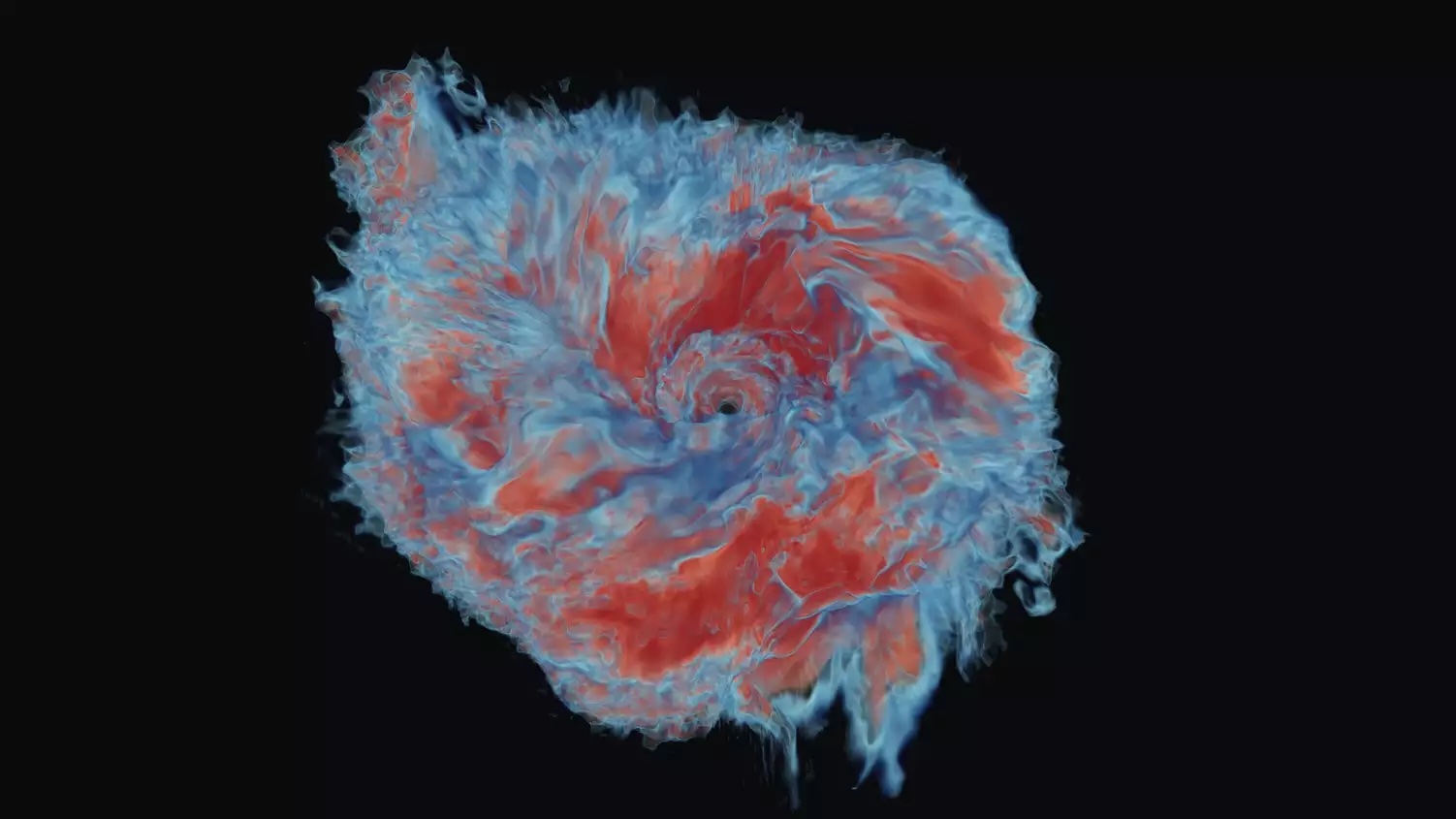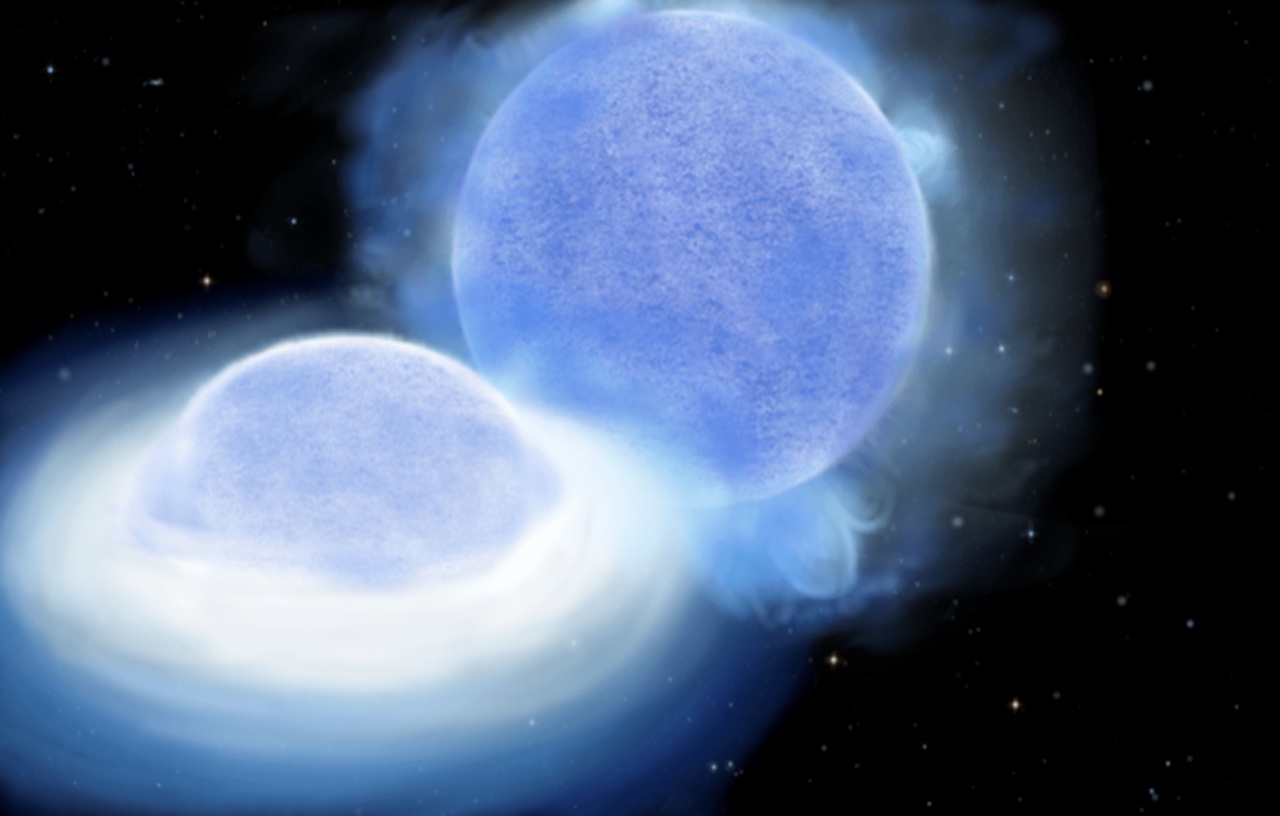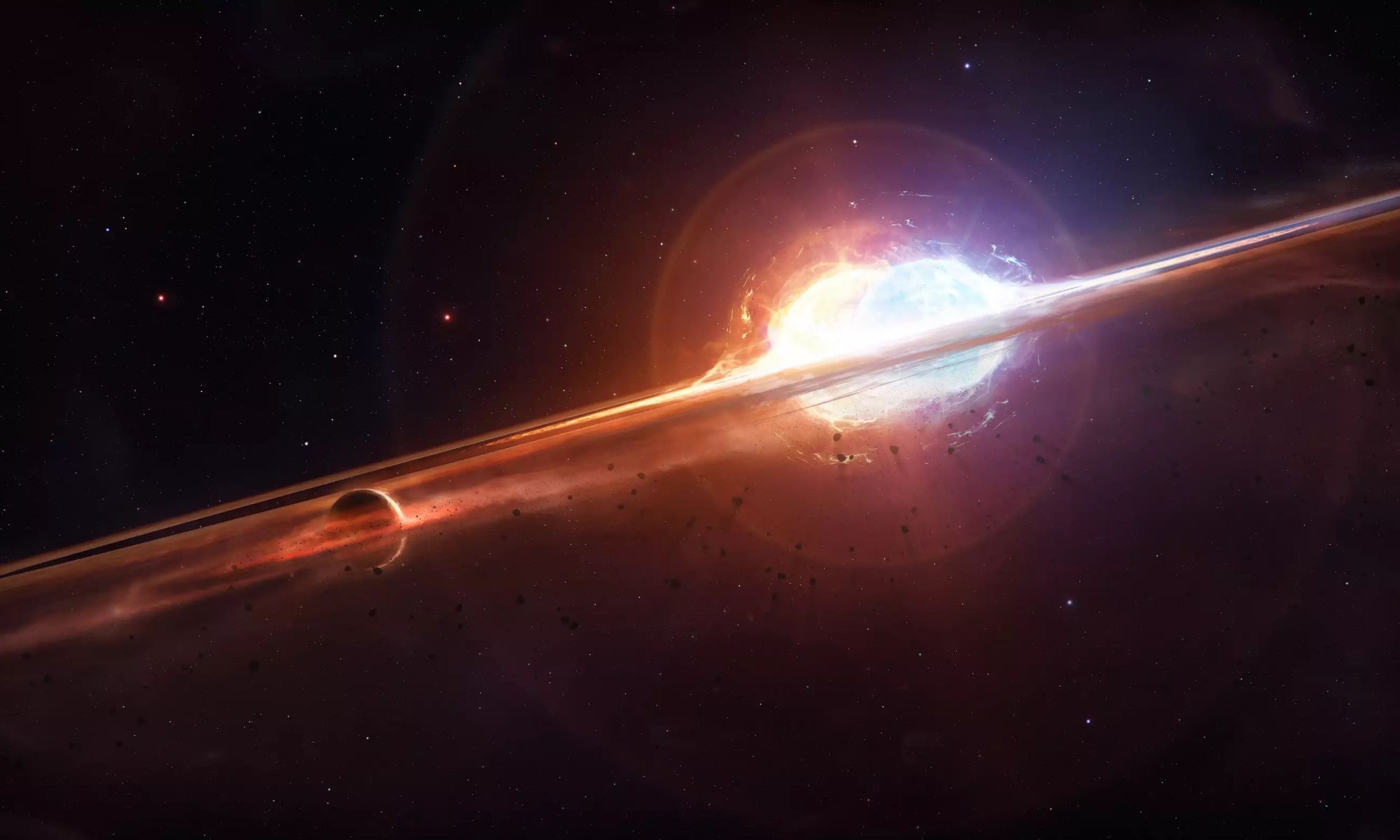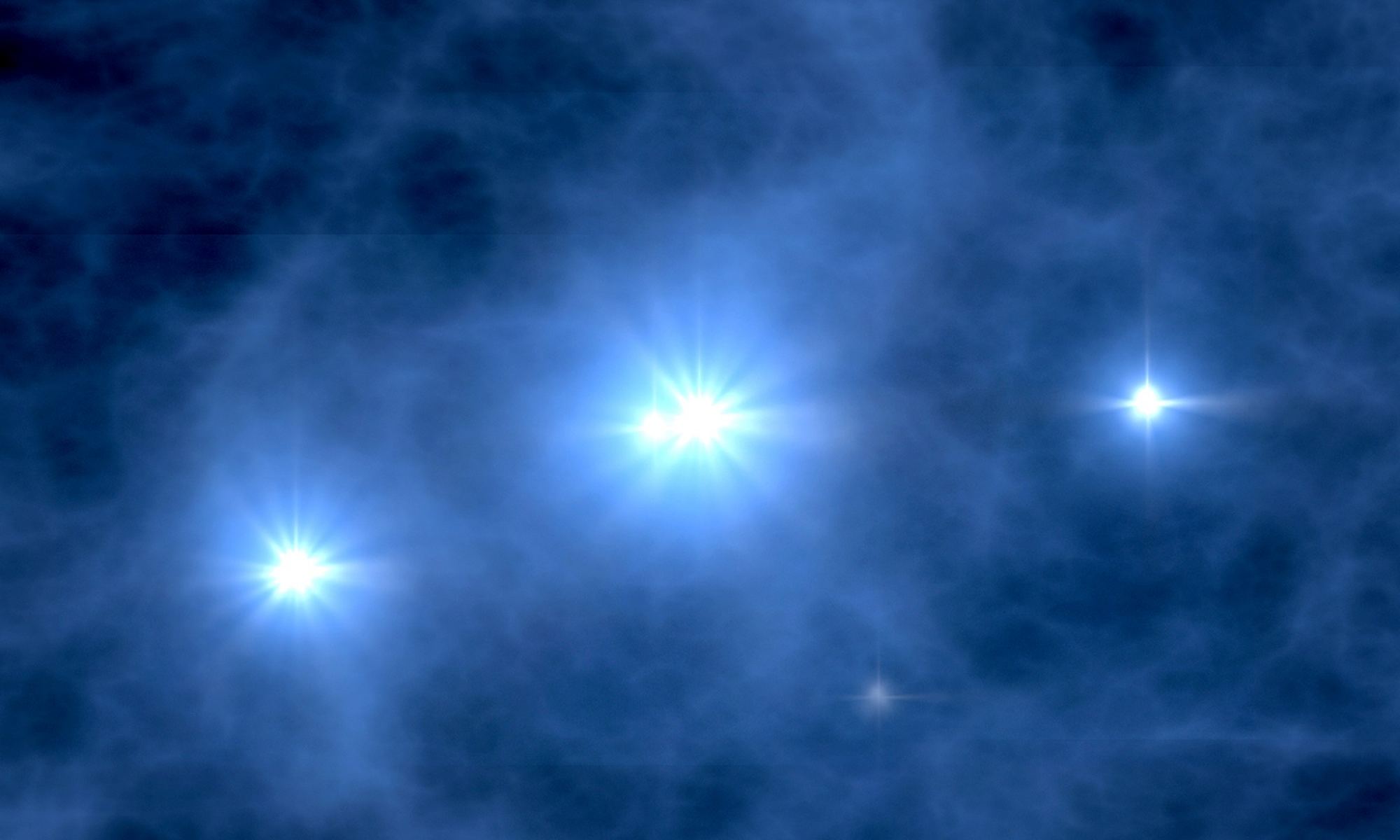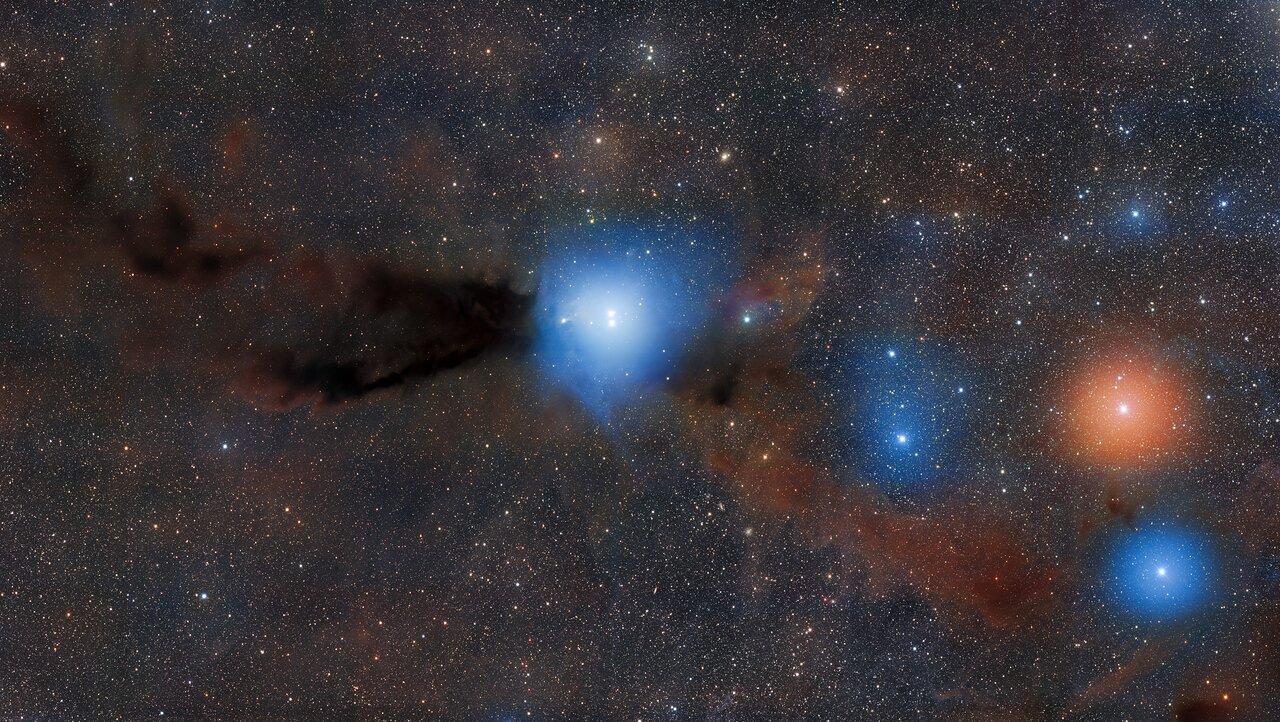Black holes have always held a special fascination for me ever since I was a geeky kid looking up at the stars. Their intense forces are the stuff of science fiction and can tear a star to pieces. This process is violent and can send bursts of electromagnetic radiation across the Cosmos. A paper recently published announces the discovery of 18 new tidal events just like this, doubling the number of identified shredded stars.
Continue reading “Astronomers See 18 Examples of Stars Getting Torn Apart by Black Holes”Astronomers See 18 Examples of Stars Getting Torn Apart by Black Holes
